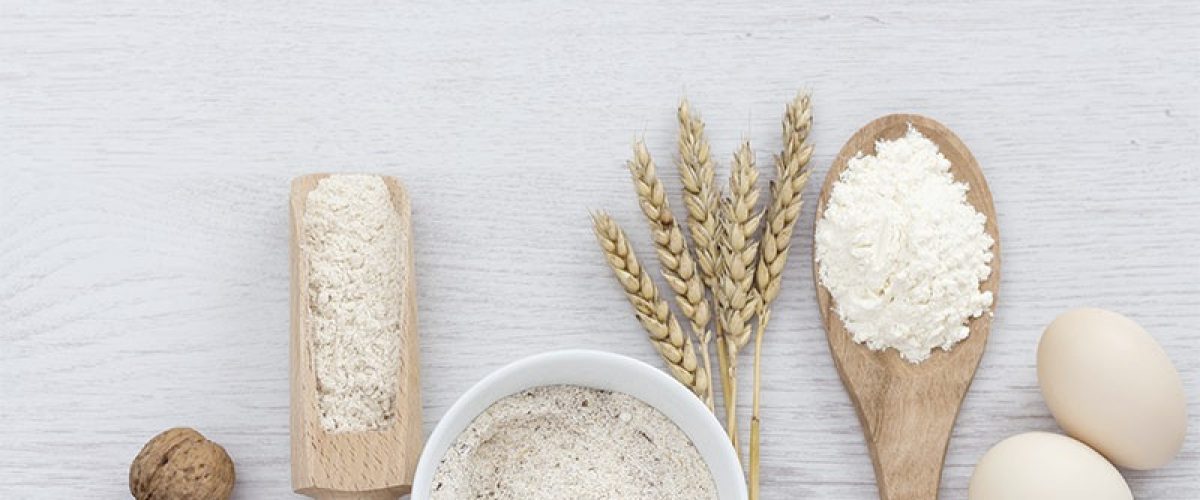Almond Flour | Flour Conversion

If you’re substituting gluten-free flour or grain-free flour for traditional flour, a flour conversion chart can be extremely useful.
ow easy it would be to use the same quantity when replacing one type of flour for another. If only flour conversion were so simple! When it comes to converting almond flour, a flour conversion chart is hard to come by.
Almond flour tends to carry more moisture. To help offset the moisture factor when baking with almond flour, you may need to add even more almond flour or an alternative gluten-free flour, chia seeds or flax seeds. The use of traditional flour substitutes> is rather easy once you know the conversion ratios, but conversions of nut flours (like almond flour) are much more challenging.
While no standard conversion exists when using almond flour as a substitute (what will work in one recipe may differ from what works in another), after some testing, we created a loose guideline one can follow.

NOTE: Only an approximation. Almond flour is gluten-free and has different properties when compared to other grain flours. Recipes may require ingredient ratio modifications to compensate.
Patience, curiosity, commitment, and passion come in handy when substituting almond flour for traditional flour. Each recipe will likely require some experimentation. Almond flour varies in texture, weight, and fat content compared with traditional flour. The best way to find the right conversion is first to start by using the amount of traditional flour that the recipe suggests. Then, add more almond flour (a little at a time) to help stiffen the batter.
For optimal baking results, you typically want your batter to be on the thicker side. The good news? Once you discover the conversion ratio for a recipe, you never have to guess at it again. As they say, practice makes perfect.
There are so many recipes that eliminate any need for conversion because they already call for almond flour or other grain-free flour varieties. Baking with almond flour itself is simple and easy. It becomes a challenge when you have to find the perfect conversion ratio for a recipe that doesn’t call for almond flour specifically. Here are additional things to watch for when baking with almond flour:
Do not over pack your measuring cup because almond flour tends to be heavier in nature.
Almond flour burns more easily than traditional flours, so use foil to tent your food. This will keep it from browning too quickly.
Almond flour contains more moisture. Thanks to the extra moisture, your baked goods won’t dry out as fast! The bad news: baked goods made with almond flour can mold more easily. Be careful if using airtight containers for storage. Make sure to leave some breathing room.
Almond flour lacks the binding agent gluten. Egg whites make for a great binder because they can help firm things up without altering the flavor.
On occasion, you may consider using a few tablespoons of finely ground alternative gluten-free flour when baking cakes and cupcakes.
Chia seeds or ground flax seeds are two additional options to keep in mind. Use these to help absorb moisture. You can add one or the other (or both) to help stiffen batter and doughs. Just remember: a little goes a long way.
We hope you find this information about almond flour conversion helpful. Please leave comments so our readers can learn from your experience.
Written by Lisa Saremi
